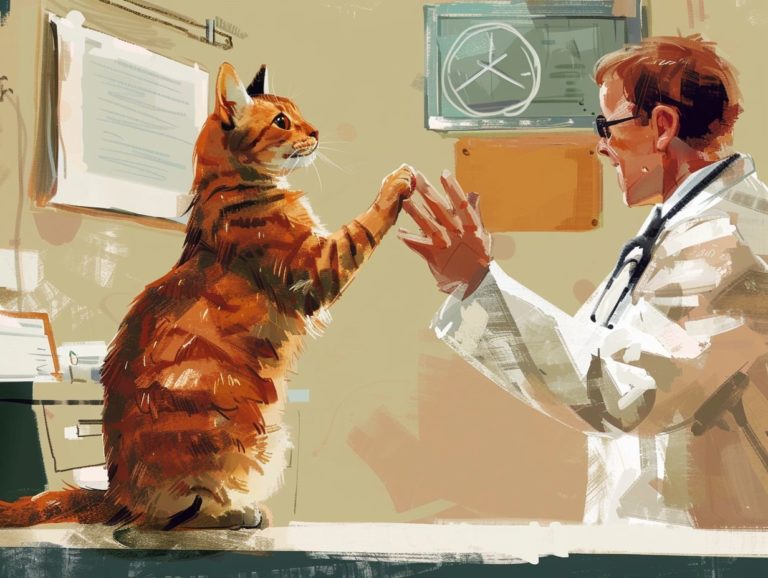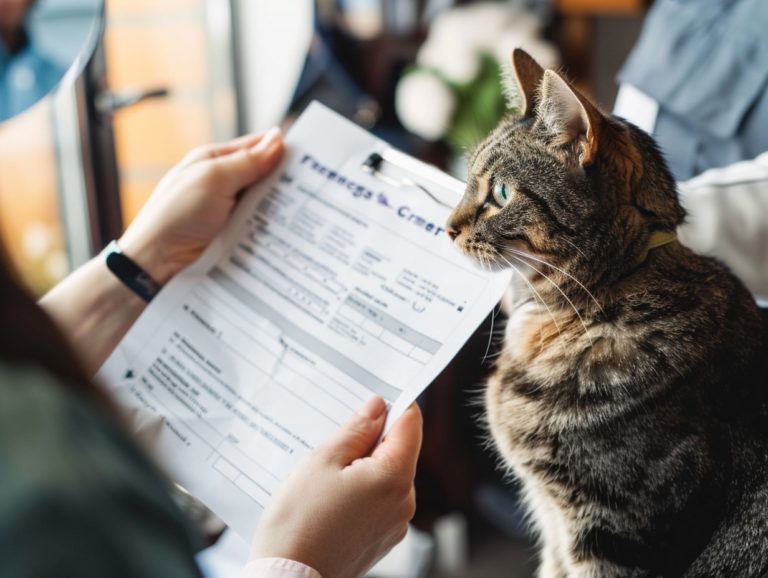Navigating Preexisting Conditions In Feline Health Insurance
This article delves into the significance of feline health insurance, provides a definition of pre-existing conditions, and outlines the process of covering cats with pre-existing conditions. Many pet owners consider their pets as integral members of their families. Just as human health insurance is crucial for our own well-being, pet health care insurance plays a vital role in ensuring the health and welfare of our beloved cats.
This article targets new pet owners who may be unaware of the necessity of feline health insurance, as well as pet owners who are seeking alternative insurance sources due to dissatisfaction with their current pet health insurance provider.
Key Takeaways:
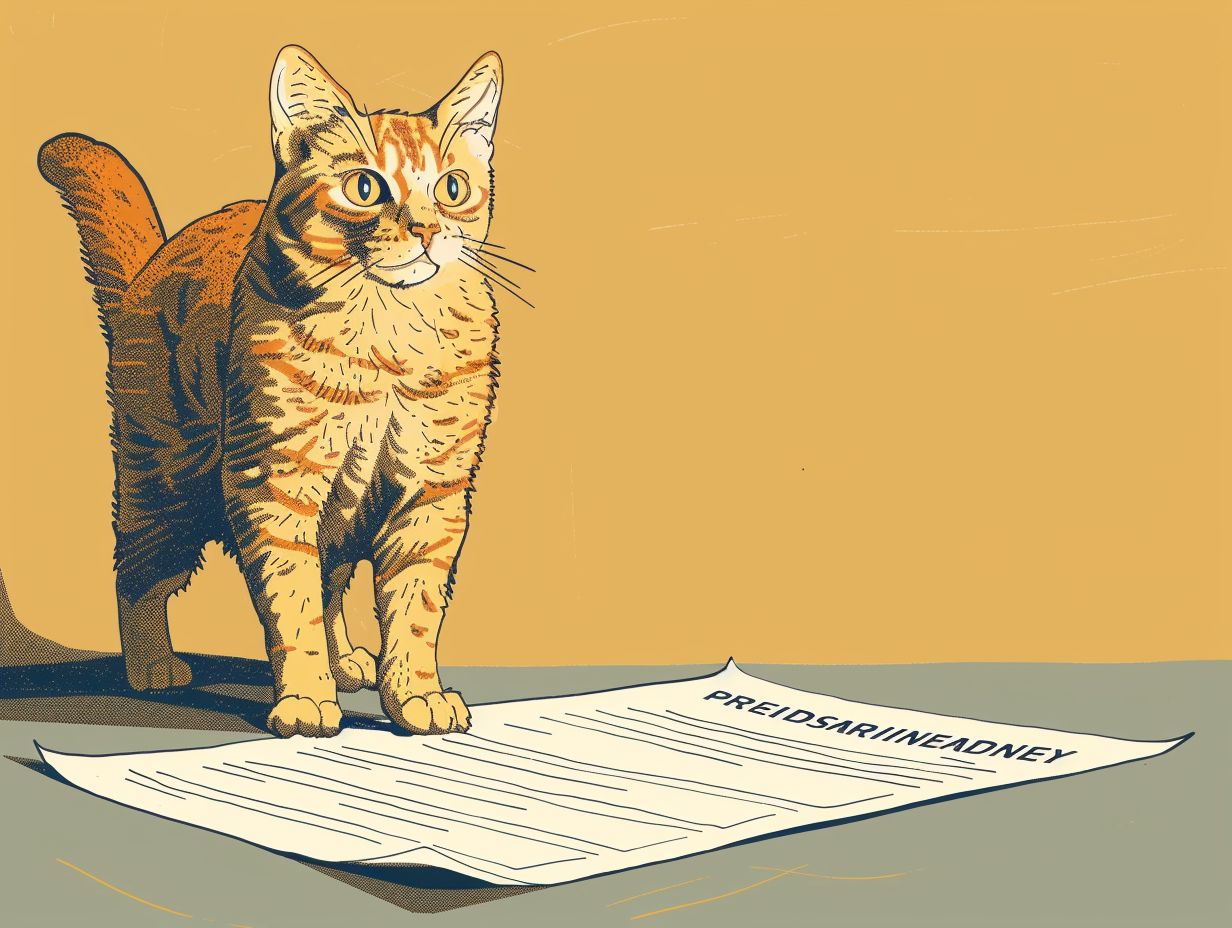
The Importance of Pet Health Insurance
Pet Health Insurance ensures that pets receive the necessary medical treatment by covering a wide range of health conditions, accidents, and illnesses. It specifically includes coverage for emergency care, surgery, diagnostic tests, prescription medications, and other treatments. Insurance for pets also typically covers preventive care such as vaccinations, routine check-ups, and dental cleanings to uphold overall pet health.
With the high cost of veterinary treatments and the growing pet population, consumers are better equipped to handle unexpected veterinary expenses. This alleviates the dilemma of choosing between their pets’ medical needs and financial constraints. When choosing a policy, customers should consider coverage limits, deductibles, and premium costs. Pet owners should collaborate closely with insurers to comprehend their policies, submit claims promptly, and ensure their pets receive optimal care.
Why Feline Health Insurance is Essential
Feline Health Insurance is essential for cat owners to ensure their feline pets receive necessary and prompt medical care. It can encompass a wide range of illnesses, accidents, and treatments, offering financial coverage for medical services to maintain your cat’s overall health.
Feline insurance assists cat owners in managing sudden expenses arising from emergencies or ongoing health issues, enabling informed decisions about their cat’s well-being without concerns about prohibitive costs in advance. The reimbursement process for feline health insurance is typically straightforward, with pet owners submitting claims for eligible expenses and receiving timely refunds.
Maintaining thorough medical records expedites the process and ensures the insurance provider has all essential information for a seamless reimbursement experience.
Understanding Pre-Existing Conditions
Pre-existing conditions refer to health issues that are present before a pet insurance policy is obtained. Curable pre-existing conditions, such as certain minor skin allergies or ear infections, may necessitate treatment but can be resolved with medical intervention. Incurable conditions, like diabetes or chronic kidney disease, may require ongoing management or monitoring.
Pet insurance coverage for pre-existing conditions often comes with limitations, higher deductibles, and exclusions for specific treatments related to these conditions. Veterinary care for pets with pre-existing conditions may involve specialized treatment or long-term medication management. Reimbursement for medical expenses may have extended waiting periods due to the time required to review and confirm a pet’s medical history.
Definition and Examples

Pre-existing conditions in pet health insurance are defined as any medical conditions diagnosed prior to enrollment. These conditions can range from chronic illnesses to previous injuries, necessitating pet owners to carefully choose their policies, enroll their pets in the appropriate coverage, and remain vigilant for symptoms of any pre-existing condition.
It is crucial to diagnose pre-existing conditions in pets to ensure they receive necessary care. For instance, diabetes or arthritis in a pet would be considered pre-existing conditions, requiring consultation with a veterinarian and relevant tests for confirmation.
Pet owners should disclose any pre-existing conditions during enrollment to prevent coverage complications in the future. Monitoring symptoms is essential for early detection of changes, which can help effectively manage pre-existing conditions. Comparing policies from different insurers can assist pet owners in finding coverage that addresses their pet’s specific health requirements.
How Pre-Existing Conditions Affect Coverage
Pre-existing conditions can significantly impact pet insurance policies by leading to reduced benefit limits, lower claims acceptance rates, and limitations on the types of treatments covered by pet insurance providers.
Pets with pre-existing conditions often encounter restrictions and exclusions in their insurance policies for related treatments. Insurance policies typically outline specific procedures for filing and processing claims related to pre-existing conditions, which often require a thorough review of the pet’s medical records.
It is crucial for pet owners with pets having pre-existing conditions to maintain accurate and updated medical records to avoid claim denials or delays caused by incomplete or conflicting information.
Additionally, pet owners may find that there are limited coverage options for pre-existing conditions, with certain treatments or procedures not being covered under such circumstances.
Limitations and Exclusions
The limitations and exclusions in pet insurance policies regarding pre-existing conditions can impact coverage for accidents, injuries, wellness care, or may offer accident-only coverage. Pet owners should comprehend these limitations to make informed decisions about their pets’ health insurance.
For instance, an insurance policy might exclude a pre-existing condition like arthritis, meaning that treatments or medications for arthritis would not be covered. However, accidents or injuries unrelated to the pre-existing condition and occurring after the policy takes effect may still be covered.
Some pet insurance plans offer accident-only coverage, which means they only cover unforeseen injuries from accidents and do not include coverage for illnesses or pre-existing conditions.
Navigating Pre-Existing Conditions in Feline Health Insurance
Navigating pre-existing conditions in feline health insurance, especially related to chronic ailments that require ongoing management, can be challenging. Understanding the costs associated with these pre-existing conditions and the financial implications of securing insurance coverage for them is crucial for cat owners seeking comprehensive health insurance for their pets.
To manage pre-existing conditions in their cat’s health insurance, owners can explore the offerings of various health insurance policies and their stance on pre-existing conditions. Some policies may include coverage for certain pre-existing conditions, while others may clearly exclude them. In such cases, owners need to carefully review the terms, conditions, and exclusions of the insurance policy to determine coverage.
Another approach is to investigate ways to mitigate the financial impact of these conditions, such as establishing a dedicated savings account or exploring specialized insurance options tailored for pre-existing conditions.
Steps to Take when Insuring a Cat with a Pre-Existing Condition
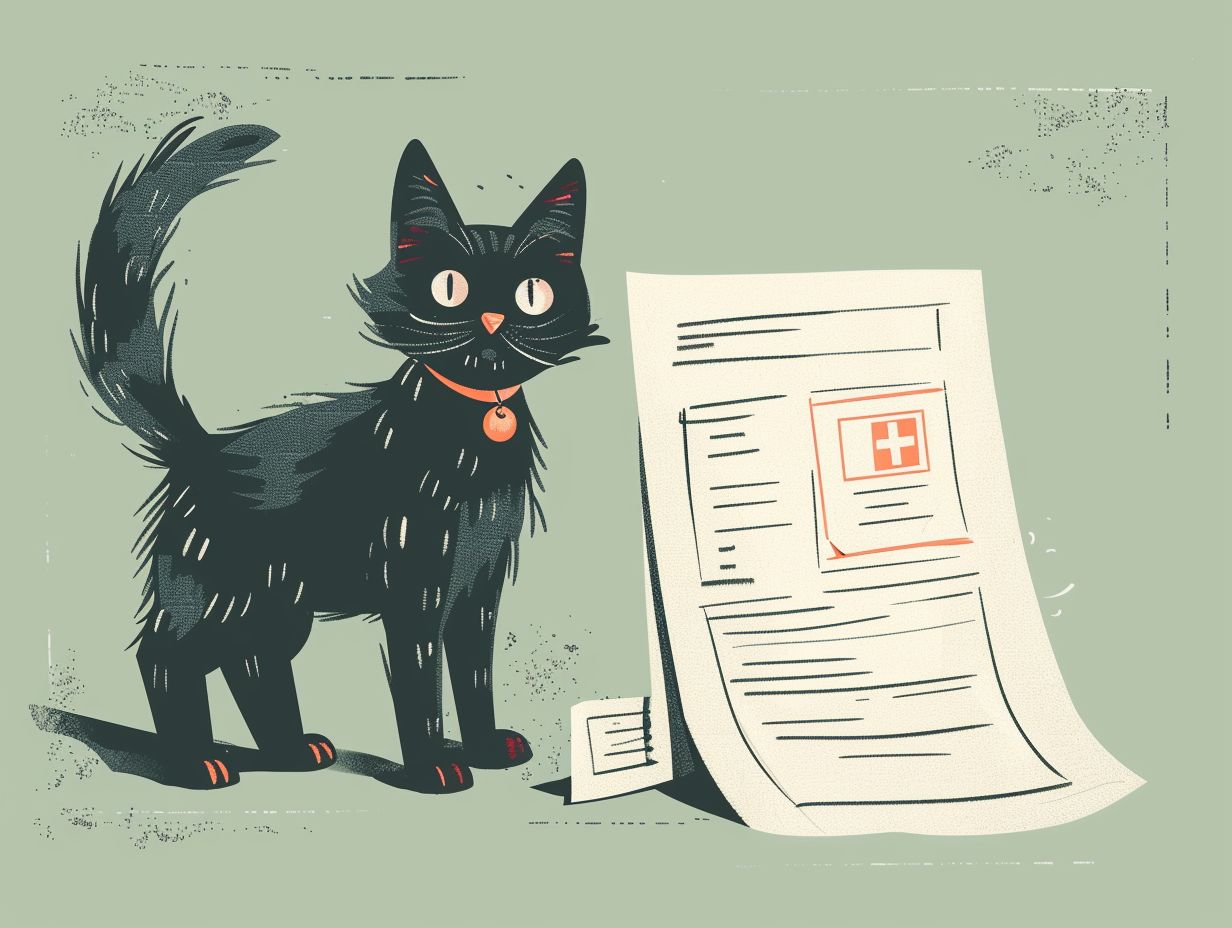
Cats with pre-existing conditions require several steps to ensure they receive comprehensive coverage and timely treatments. This includes understanding enrollment procedures and pet insurance company reimbursement rates, managing waiting periods, and considering treatment options.
Enrollment procedures for pet insurance typically involve submitting a cat’s medical history, including information about any pre-existing conditions. Openly discussing these conditions with the insurance provider can help negotiate reimbursement rates and determine the necessary coverage level.
Waiting periods are common in pet insurance policies, during which coverage is not available, making it important to have a plan for any urgent medical needs. Selecting appropriate treatments involves consulting with a veterinarian to explore options available for the cat’s condition and covered by the insurance.
Alternatives to Traditional Pet Health Insurance
Alternative pet health insurance options to traditional coverage include preventive care packages, financial planning for foreseeable future events, and customized healthcare solutions tailored to an individual pet’s specific health requirements.
Preventive care packages offer routine veterinarian visits for check-ups, vaccinations, and screenings to detect and prevent diseases early, enabling pet owners to take a proactive approach to their pet’s health and well-being.
Financial planning for predictable future events allows pet owners to save money gradually for emergency veterinary expenses or utilize designated savings accounts for veterinary purposes.
Customized healthcare solutions cater to predictable yet unique health needs, such as chronic conditions prevalent in certain breeds, as well as tailored solutions addressing an individual pet’s distinct health circumstances.
Other Options for Covering Feline Health Expenses
Cat owners can reduce the financial burden of feline medical expenses by exploring specialized insurance options, understanding deductible structures, and recognizing pet symptoms in addition to standard pet insurance policies. It is essential for owners to prioritize regular veterinary checkups to ensure proactive healthcare for their feline companions.
Wellness plans offered by some insurers can help manage the costs of preventive care, including routine vaccinations and check-ups. Creating a health savings account dedicated to pet healthcare expenses can also provide a safety net for unforeseen medical costs.
Vigilance in monitoring common symptoms that may indicate the need for a veterinary visit, such as changes in appetite, behavior, or litter box patterns, is crucial for pet owners. Early detection of potential health issues through regular veterinary check-ups is key to achieving better outcomes and minimizing long-term expenses.
Frequently Asked Questions
What are pre-existing conditions in feline health insurance?
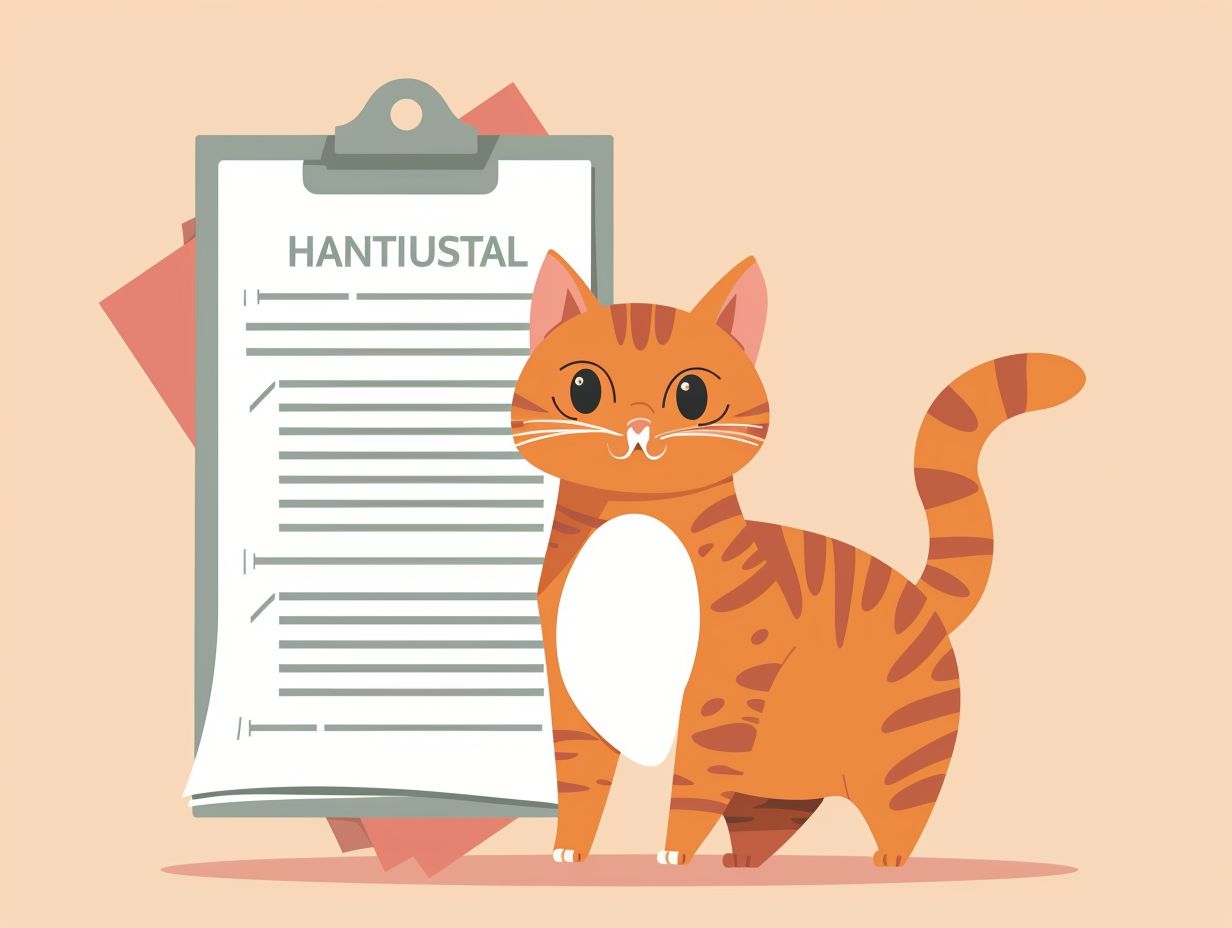
Pre-existing conditions are any medical conditions that your cat had before the start date of their health insurance policy.
How can pre-existing conditions affect my cat’s health insurance coverage?
If your cat has a pre-existing condition, it may not be covered under their health insurance policy. This means you will have to pay for any treatments or medications related to that condition out of pocket.
Can I still get health insurance for my cat if they have pre-existing conditions?
Yes, you can still get health insurance for your cat even if they have pre-existing conditions. However, these conditions will most likely not be covered under the policy and you may have to pay a higher premium.
What steps can I take to navigate pre-existing conditions in feline health insurance?
If your cat has pre-existing conditions, it’s important to carefully review the policy coverage and exclusions to understand what will and won’t be covered. You can also consider purchasing a policy with a shorter waiting period for pre-existing conditions.
Are there any alternatives to traditional health insurance for cats with pre-existing conditions?
Yes, there are alternative options such as discount plans or setting up a savings account specifically for your cat’s healthcare expenses. It’s important to research and compare these options to find the best fit for your cat’s needs and your budget.
Can pre-existing conditions be removed from a cat’s health insurance coverage?
No, pre-existing conditions cannot be removed from a cat’s health insurance coverage. Once a condition is considered pre-existing, it will always be excluded from coverage. It’s important to disclose any pre-existing conditions when purchasing a policy to avoid any potential issues with coverage later on.

